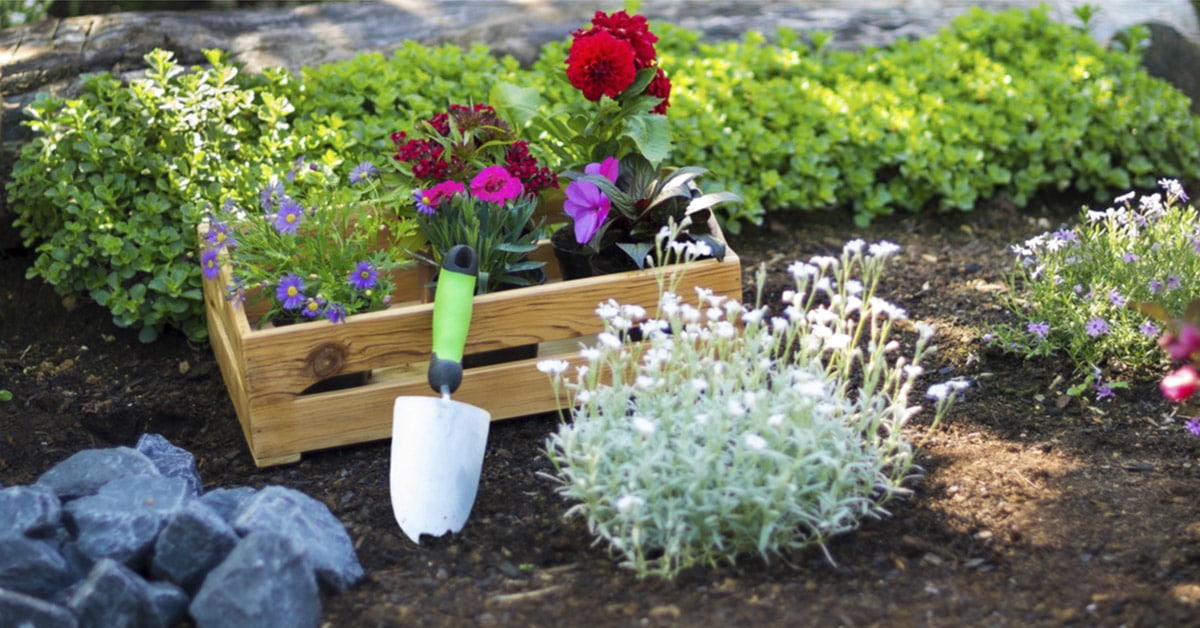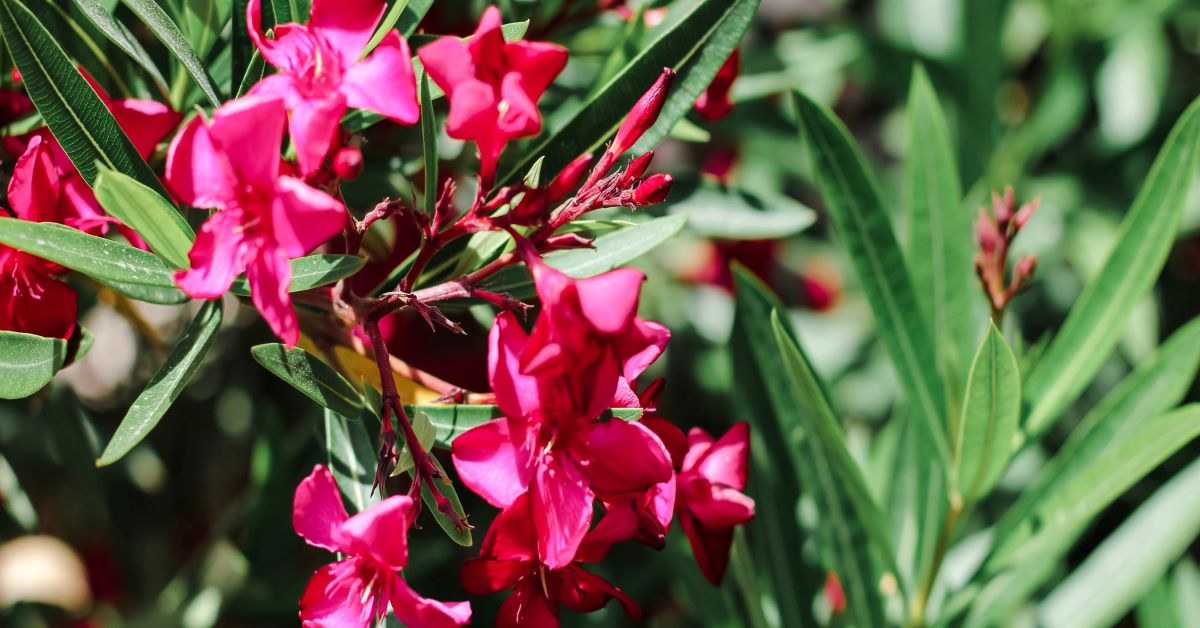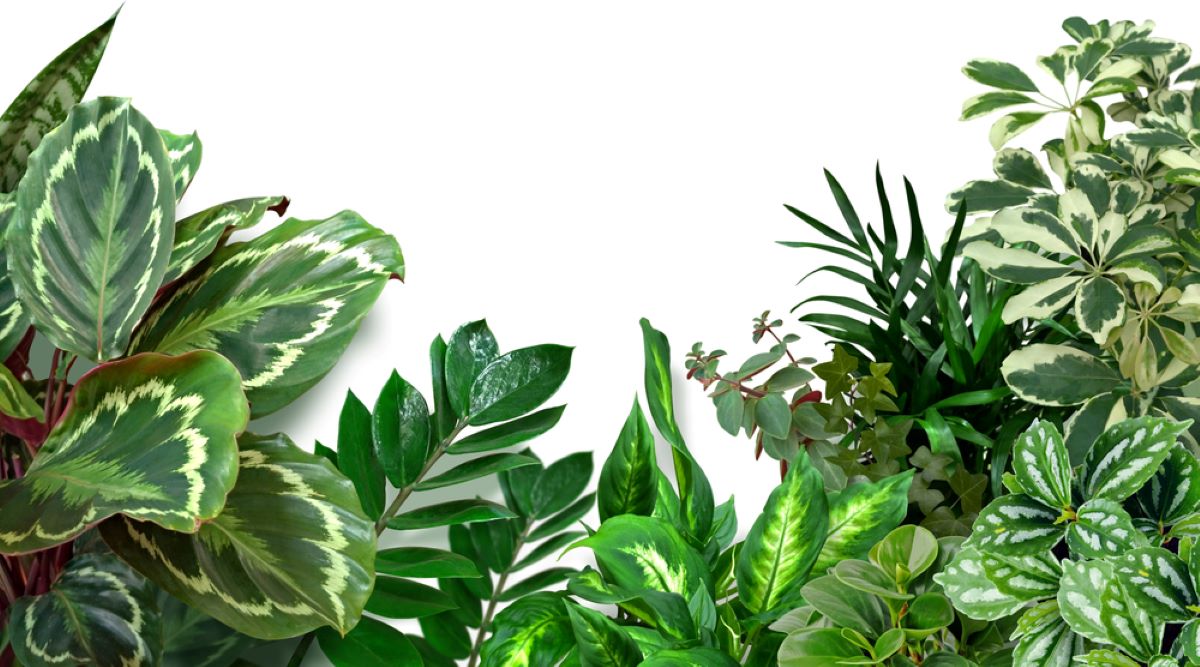Top Picks for Long-Lasting Houseplants
Houseplants are a wonderful way to bring nature indoors, improve air quality, and create a calming environment. But not all houseplants are created equal—some require

World Environment Day, celebrated annually on June 5th, is a global initiative aimed at raising awareness and encouraging action for the protection of our environment. This day highlights the pressing need for sustainable practices to preserve our planet for future generations. Environmental conservation is crucial as it helps combat climate change, protect biodiversity, and ensure clean air and water. Plaza Hollandi, a renowned flower shop, is dedicated to sustainability through eco-friendly practices, sourcing responsibly, and promoting green living. Their commitment to the environment makes them a key player in fostering a greener, healthier world.
History and Purpose of World Environment Day
World Environment Day was established by the United Nations General Assembly in 1972 and is celebrated annually on June 5th. Its primary purpose is to raise global awareness about environmental issues and to encourage positive action for the protection of our planet. Each year, it serves as a platform for public outreach and environmental advocacy, mobilizing millions of people worldwide to participate in various environmental campaigns and activities.
2024 Theme and Its Relevance
The theme for World Environment Day 2024 is “Restore Our Earth,” focusing on the urgent need to restore damaged ecosystems and promote sustainable practices. This theme is highly relevant in today’s context, as the world faces increasing challenges from climate change, deforestation, and pollution. “Restore Our Earth” emphasizes the importance of restoring natural habitats, rewilding urban spaces, and adopting regenerative agricultural practices to ensure a healthier planet.
World Environment Day inspires a multitude of global and local initiatives, ranging from large-scale tree planting campaigns to community clean-up events. Organizations and governments worldwide host workshops, educational seminars, and volunteer opportunities to engage the public in environmental stewardship. Individuals can participate by joining local events, advocating for green policies, reducing their carbon footprint, and practicing sustainable living habits such as recycling, conserving water, and supporting eco-friendly businesses like Plaza Hollandi. By taking part in these activities, everyone can contribute to the collective effort to protect and restore our environment.
Sustainable Practices at Plaza Hollandi
Plaza Hollandi employs a variety of sustainable practices to minimize its environmental footprint. Their sourcing strategy prioritizes local and organically grown flowers, reducing the carbon emissions associated with transportation and supporting local farmers. Packaging materials are carefully chosen for their environmental impact, with a preference for biodegradable and recyclable options. Waste management is another critical area, with composting and recycling programs in place to minimize landfill contributions. These practices collectively showcase Plaza Hollandi’s dedication to sustainability, ensuring their products are as kind to the planet as they are beautiful.
Local businesses like Plaza Hollandi play a crucial role in promoting environmental awareness within their communities. By adopting and publicizing sustainable practices, they set an example for other businesses and consumers to follow. Plaza Hollandi actively participates in community education initiatives, hosting workshops on eco-friendly gardening and floral care. They collaborate with local environmental organizations to support conservation projects and raise awareness about critical issues such as biodiversity loss and climate change. Through these efforts, Plaza Hollandi not only beautifies their surroundings but also fosters a culture of environmental stewardship and responsibility.
How to Protect the Environment with Plants and Flowers
Tips for Growing Eco-Friendly Gardens
Creating an eco-friendly garden is a wonderful way to contribute to environmental protection. Here are some key tips to help you cultivate a sustainable, green space:
Choosing Native and Drought-Resistant Plants
Selecting the right plants is crucial for an eco-friendly garden. Native plants are adapted to the local climate and soil, requiring less water and fewer chemical inputs. They also provide habitat and food for local wildlife, supporting biodiversity. Drought-resistant plants are another excellent choice, particularly in areas prone to dry conditions. These plants thrive with minimal water, reducing the need for irrigation and conserving valuable water resources.
Adopting organic gardening practices can significantly reduce your environmental impact:
Composting: Transform kitchen scraps and garden waste into nutrient-rich compost to enrich your soil, reduce landfill waste, and decrease the need for chemical fertilizers.
Natural Pest Control: Use beneficial insects like ladybugs and predatory beetles to manage pests. Planting companion plants that repel unwanted insects can also help maintain a healthy garden without resorting to harmful pesticides.
Efficient water use is essential for an eco-friendly garden:
Mulching: Apply a layer of mulch around your plants to retain soil moisture, reduce evaporation, and suppress weeds. Organic mulches like wood chips or straw also decompose over time, adding nutrients to the soil.
Drip Irrigation: Install a drip irrigation system to deliver water directly to the roots of plants, minimizing water loss through evaporation and runoff. This method ensures that water is used efficiently, benefiting your plants and conserving resources.
Rainwater Harvesting: Collect and store rainwater in barrels or tanks to use for garden irrigation. This not only reduces reliance on municipal water supplies but also makes use of a free and natural resource.
By implementing these practices, you can create a garden that is not only beautiful but also environmentally sustainable. Your efforts will contribute to conserving water, reducing waste, and supporting local ecosystems, all of which are crucial for protecting the environment.
Reducing Carbon Footprint
Minimizing your carbon footprint is crucial for sustainable living. Here are some effective strategies:
Backing local and sustainable businesses helps foster a greener economy:
Plaza Hollandi: By purchasing flowers and plants from Plaza Hollandi, you support a business committed to eco-friendly practices. Their sustainable sourcing, packaging, and waste management initiatives make them a model for environmental responsibility.
Local Economy: Supporting local businesses reduces the carbon footprint associated with long-distance shipping and promotes the use of locally sourced materials, which often have a smaller environmental impact.
Small, everyday actions can lead to significant environmental benefits:
By incorporating these best practices into your daily life, you can make a positive impact on the environment. Sustainable living not only benefits the planet but also contributes to healthier communities and a more resilient ecosystem.








Share this post
You may also like
Houseplants are a wonderful way to bring nature indoors, improve air quality, and create a calming environment. But not all houseplants are created equal—some require

Plants and Flowers, and exciting world outdoors and indoors.




The most exciting time has arrived. Qatar will host the FIFA World Cup 2022. Find out more here….
Be the first to know
Subscribe to our newsletter today and get the latest updates on sales and offers.